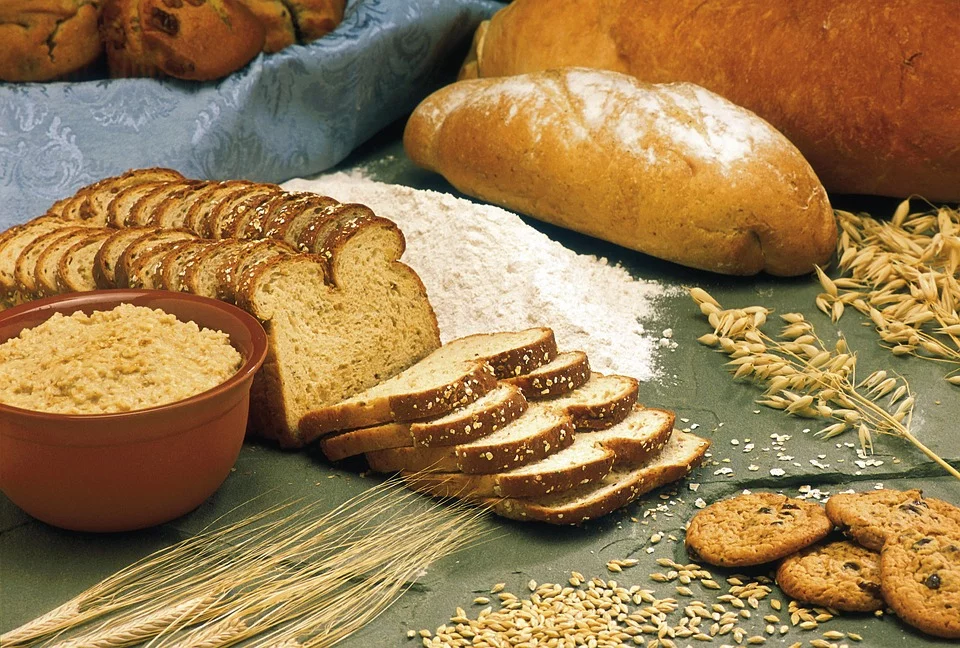Nutrition Tps For Your Three-Year-Old
Your child’s third birthday is a big milestone for you as well as your little munchkin, because, by this time, your child starts eating and enjoying healthy meals and mealtimes with the rest of the family. Thus, ¡t Is a critical time to lay the foundation of eating healthy as your little one starts ‘socializing with foods’ and begins to learn to savour different foods and tastes.
As primary caregivers, the parents are responsible for encouraging their children to eat healthy and for also being good role models, as children emulate their elders. Hence, it is necessary to carefully monitor the dietary needs of your children.
The food intake of a three-year-old is influenced by the activity and growth levels on a daily basis. At this age, a child gets into a lot of physical and mental activities and needs a balanced amount of vitamins, minerals, carbohydrates, and fats. Thus, foods with different flavours and textures from all food groups should be incorporated. Also, otter your child major food groups like grains, fruits, vegetables, dairy, and protein.
The Best Foods For Your Toddler
Fruits And Vegetables
The best foods are those which are whole, fresh and unprocessed. Vegetables and fruits are a good source of minerals, vitamins, and fibre, so opt for one orange and one dark green fruit or vegetable daily. Include lots of different coloured vegetables like broccoli, spinach, beans, peas, carrots, tomatoes, sweet potatoes, and pumpkin.
Fruits like banana, kiwi, apples, pears, grapes, and oranges are highly recommended snacks for a toddler not only for their nutritional value but also because they are easy-to-eat linger foods. Make one of these a part of each meal for your child to know what can be expected as part of a normal meal. Begin with offering one new fruit at a time and keep offering it to familiarize your child with these fruits.
Grains And Pulses
Grains and pulses are major sources of carbohydrates that are responsible for providing energy. Thus, include whole wheat bread, whole grain pasta, oatmeal, rice, whole cornmeal, kidney beans, chickpeas and all kinds of dais, an approximate of three-tour servings per day.
Milk And Milk Products
Milk and milk products are served as sources of vitamin D and calcium. For children, these also serve as a protein source. However, children at this age should switch to low tat milk. So include a cup of milk, yogurt, or soy milk, one slice of cheese, cottage cheese (paneer) and pudding with milk, an approximate of three-four servings per day.
Meat And Its Alternatives
Meat and its alternatives also provide protein and iron. Protein foods like chicken, eggs, beans, peas, nuts, and seeds should be included in your child’s diet. Choose lean or low-fat meat and remove the skin before cooking. If your child does not like meat, encourage the intake of oily fish, fortified cereals, lentils, dal, other beans, and pulses along with dark green leafy vegetables. Also, it is particularly important to include vitamin C-rich foods at each meal.
Good Fats
Fats are required in small amounts and provide some nutrients necessary for a healthy meal. So ghee and butter can be used in small amounts, However, limit the intake of added sugar and salt.
Keep Meals Interesting
Keep meals interesting and varied so that your child keeps eating a variety of nutrients. Children need lots of energy for growth and development but they have small tummies and may not be able to eat large amounts at mealtimes. So, they need healthy snacks to meet their energy needs. Snacks such as small sandwiches, yogurt and fruit, crackers or rice cakes, bread toast, home-made milkshakes using yogurt and fruit and homemade soups can serve as interesting and fun mid-meal options.
Promote Healthy Eating Habits
Offer small portions of food and allow your child to stop eating when full. Have meals and snacks at a set time. Keep meal times pleasant and allow your child to self-teed. Remember, it takes five to six attempts before a child may accept a new food.
Always encourage your child to sit while eating to prevent choking. Use water as the drink of choice between meals. Too many sweet drinks, including juice may lead to poor eating. Otter new foods often and encourage your child to try them. Pair new foods with familiar foods and allow your little one to explore new foods with his! her senses. This increases familiarity and acceptance of new foods.
Make it a point to present food in an interesting manner with different shapes and colours on the plate which is appealing for the child. Also, include foods low in saturated tat, trans tat, cholesterol, salt (sodium) and added sugars.
At this age, a child gets into a lot of physical and mental activities and needs a balanced amount of vitamins, minerals, carbohydrates, and fats
